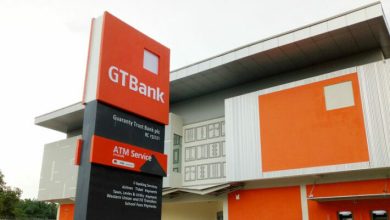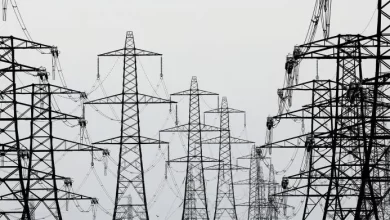Gliding Foreign Reserves and CBN’s initiatives

In light of low accretion to the Nigerian foreign reserves owing to
oil price volatility and the CBN’s defence of the naira, renewed
efforts at inducing foreign capital inflows through the use of
unconventional methods have become pertinent. In this commentary, we
considered the effects of some of these policies on the market as well
as investors’ reactions to them.
Nigeria’s foreign reserves peaked at NGN45.18bn in June 2019 (highest
point since September 2018) and was followed by a gradual depletion.
As at 21st November 2019, gross foreign reserves stood at $39.95bn,
11.58% lower than its peak level, and the lowest point since January
2018. While crude oil revenue which has been a major contributor to
reserves has traded averagely between USD54.91/pb and USD74.57/pb in
2019, and has been supported by relatively high production, constant
interventions by the CBN in the foreign exchange market has had
adverse effects on the Nation’s foreign reserves.
Due to the rising pressure on the currency and increased demand for
FX, the CBN has considerably increased its foreign exchange sales to
the Investors and Exporters’ (I&E) window, bureau de change, and swaps
transactions in the last quarter. From January till September, the
apex bank injected about $29.72bn in the foreign exchange market in
order to ensure stability of the currency and sustain liquidity in the
market. This injection is equivalent to an average of NGN3.30bn per
month and at this rate, we could be few months away from the CBN’s
devaluation trigger point of USD30bn to USD35bn. The continued
intervention in the foreign exchange market which comes at a huge cost
is unsustainable and might become ineffective in due time.
In Search of Higher Yields
The CBN has achieved relative stability in the exchange rate and a
major threat to this hard-earned stability is capital flight, amongst
other factors. The CBN thus acknowledged its need to retain foreign
capital while keeping inflows coming via streams other than oil
exports and put policies in place to meet this need. On the 23rd
October 2019, the CBN issued a circular, restricting domestic
individuals and corporates from partaking in OMO market activities,
leaving the market open to only foreign investors. This policy is set
to act as a double-edged sword for the government; on one hand, it
will abate capital flight by leaving yields attractive in the OMO
market for foreign investors thus retaining and attracting more
foreign capital and on the other hand, reduce borrowing costs for
corporate institutions and the government in the domestic market. This
market segmentation by the CBN is reminiscent of the creation of the
I&E FX window which ultimately brought stability to the currency.
Following this directive by the CBN, investors went scrambling for
yields in the treasury bills and bonds market, placing downward
pressure on yields and raising prices of instruments. Sequel to this
OMO directive, stop rates at the most recent primary market treasury
bills auction held on the 27th of November 2019 reached single digits
as there were over-subscriptions across tenors with the 364 days
instrument pegged at 8.37%. Likewise, yields at the last bond auction
which was on the 20th of November 2019, trended lower with marginal
rates of 12%, 12.93% and 13.39% for the 5-year, 10-year and 30-year
instruments.
On the sidelines, the search for better returns and a lack of
alternatives for domestic investors incited a marginal and temporal
shift to the equities market. The equities market enjoyed some buying
pressure after the directive was issued, reflected by the 1.43%
moderation in the All-Share Index.
Holistically, the impact of this market segmentation has spread across
the equities and fixed income markets, leaving the government as the
biggest beneficiary. With borrowing costs at lower than anticipated,
we expect more corporate participation in the fixed income market and
lower costs of debt servicing for the government. We believe the lower
yield environment presents a good opportunity for companies who intend
to raise capital to finance their operations. However, downside risks
still abound. A weaker than expected financial performance of
companies, a slump in oil prices, slower than expected growth and
rising inflation could raise Nigeria’s risk and ultimately worsen its
credit rating, which would induce capital flight, leaving Nigeria
worse off.





